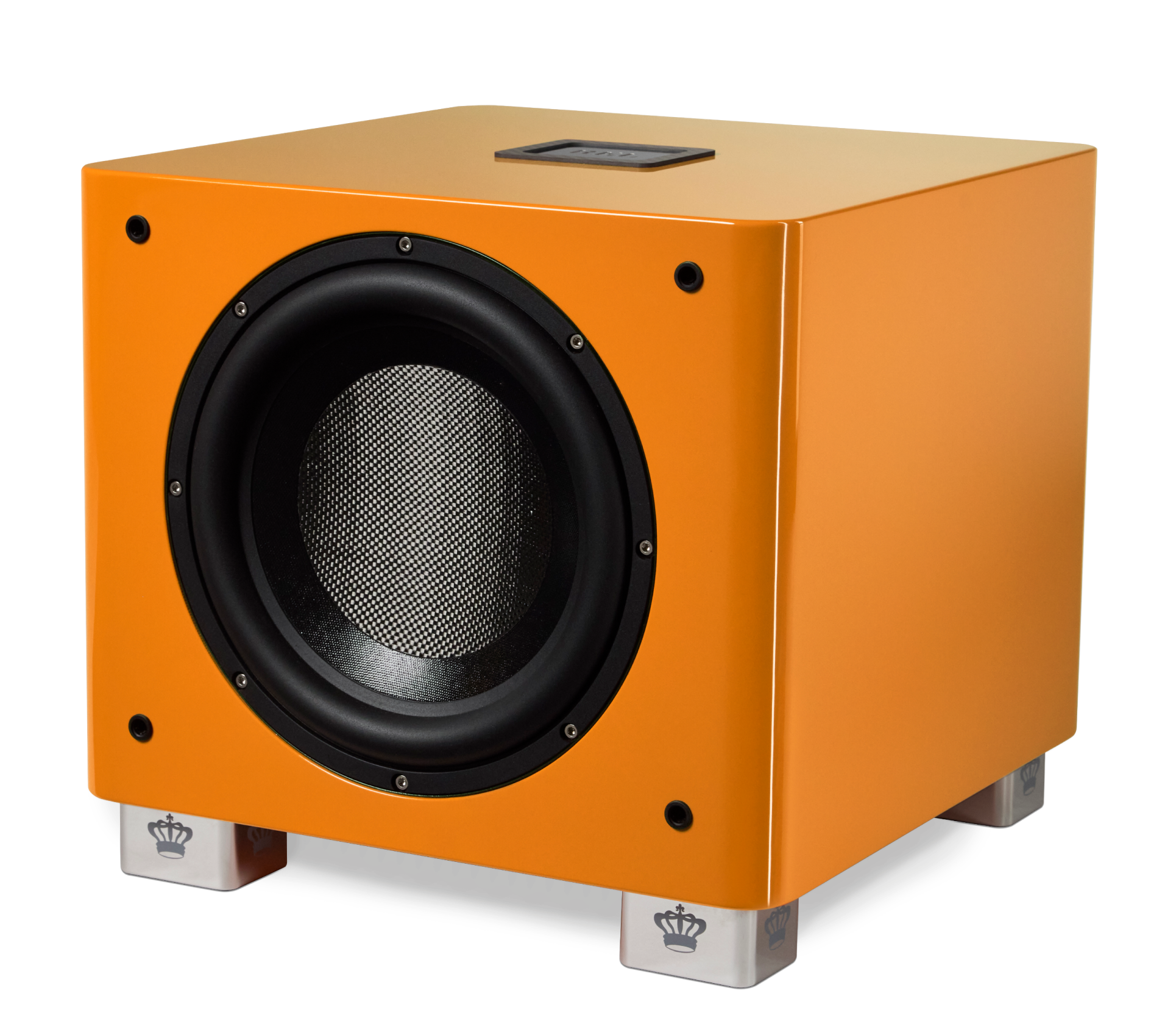Blog
How to Tune A REL
Auto Setup or Room Correction Software Guide
As described in all REL Acoustics manuals, it is best to setup a REL High Level before proceeding to a .1/LFE setup. This allows you to build forward the sonic signature of your main system, including the tonal balance and timing cues of the exact signal that is fed to the main speakers through the high level connection. Once the position, level, crossover and phase are set on the high level, the system is then ready for the addition of the .1/LFE input. Simply connecting RCA inputs between the Sub Out of the processor to the .1/LFE input provides the Low Frequency Effects to the REL and the appropriate volume adjustments can be made with the .1/LFE level control. Remember, for this configuration, you must set the processor to the “large” or “full range” setting for the left and right speakers in order for the REL to receive the bass signal via the high level input.
Many theatre processors come with automatic room correction that can be employed if you choose to. DSP programs such as Audyssey come with a setup microphone which is plugged into the processor to record frequency and delay of each speaker in your setup. When room correction is employed, each speaker is exercised with either pink noise (this is the most common signal employed) or a pulse that can be used to move signal from speaker-to-speaker around a 5.1 or larger system. When each of the speakers are exercised, the DSP program measures the frequency spectrum.
For this reason, it is imperative that the REL high level cable be disconnected before the DSP measurement is started so that the REL will not add to nor bias this measurement. This will allow the program to record and process your speaker array’s response only and produce the best performance from the auto setup. Note that the Sub Out channel is exercised so that the subwoofer .1/LFE input can be measured as well. In this case it is best to set the .1/LFE level on the REL to 1/3 of max level. The DSP program may instruct you to turn the level on the REL up or down depending on the room.
When the REL high level connection is connected during the DSP measurement, it biases the reading so that the program thinks there is more bass coming from the speakers than there actually is. The program then compensates by reducing the bass frequencies in the spectrum curve supplied to that channel. When the measurements are complete, you will find that your system lacks low frequencies no matter how high you turn up the REL to compensate.
NOTE: On many recent AV processor introductions, REL has noticed that their test signal is considerably lower than the output presented to the subwoofer .1/LFE channel when using actual movies. We strongly encourage customers, if room correction is used, to re-check your level settings for the subwoofer using dynamic program material as your REL may need to be turned down considerably from the results achieved with DSP.
Conversely, if the output level from your REL (.1/LFE) seems to be too low when using room correction set-up software, please re-check using real program material rather than relying on software.











